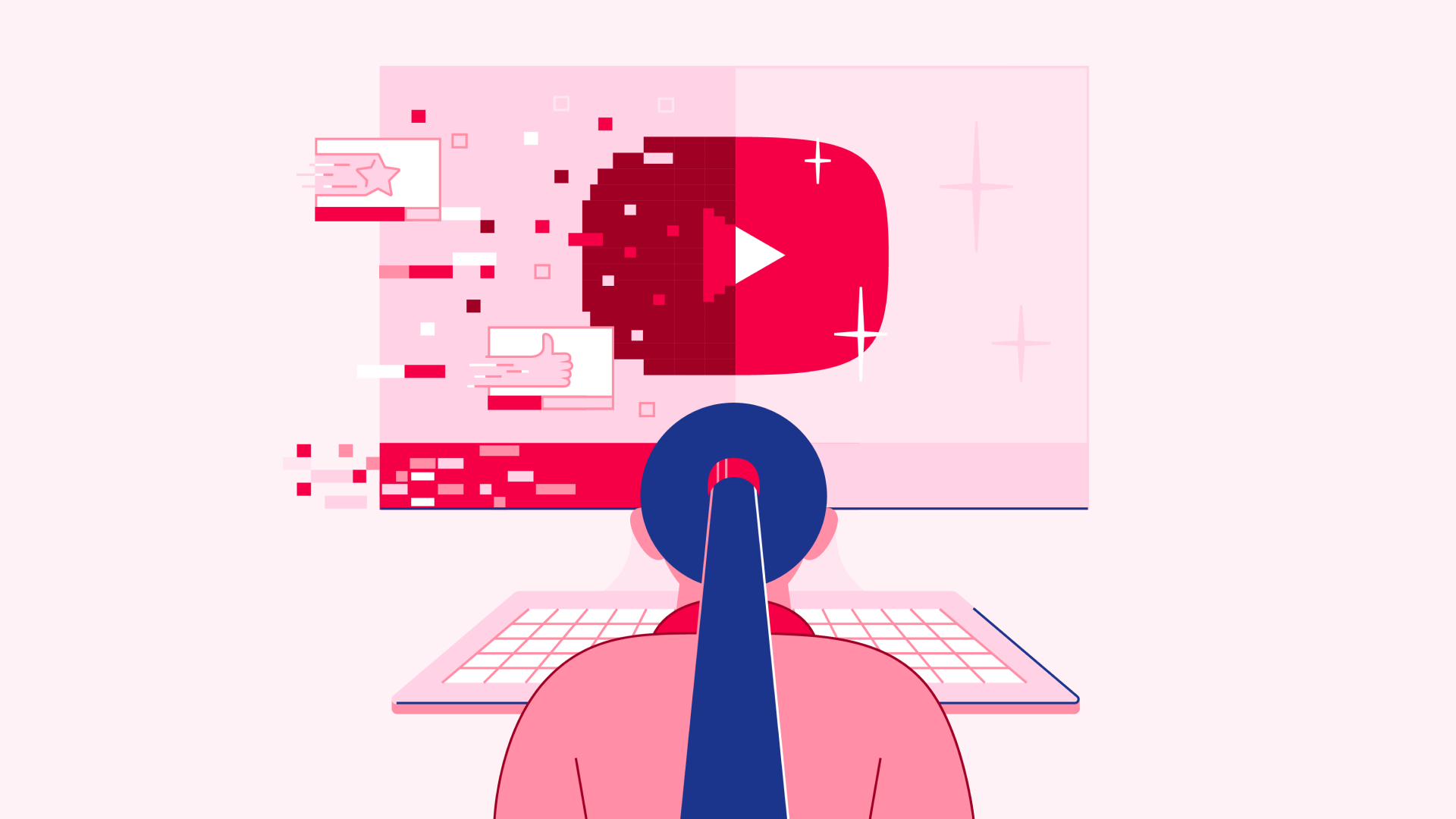Our latest collaboration
Making YouTube Shorts more searchable
Bite-sized mobile videos are more popular than ever before. YouTube Shorts – short-form videos less than a minute long – are viewed more than 50 billion times a day, and growing.
Shorts are created in just a few minutes and often don’t include descriptions and helpful titles, which makes them harder to find through search. So we introduced our visual language model Flamingo to help generate descriptions.
By analysing the Short’s initial video frames, the model explains what’s being shown on screen – for example, “a dog balancing a stack of crackers on its head”. This text is stored as metadata in YouTube to better categorise videos and match search results to viewer queries.
From emerging K-pop stars to local food guides, YouTube is rolling this technology out across Shorts, and auto-generated video descriptions are already being applied to all new uploads. Now, viewers can watch more relevant videos and more easily find what they’re looking for from a more diverse range of global creators.
Our approach
Applying our AI research to enhance the YouTube experience
Helping enrich people’s lives with our research, we’ve partnered with businesses across Alphabet to apply our technology towards improving the products and services used by billions of people every day.
One of our key partners is YouTube, who are on a mission to give everyone a voice and show them the world.
Working together with YouTube’s product and engineering teams, we’ve helped optimise the decision-making processes that increase safety, decrease latency, and enhance the viewer, creator, and advertiser experience for all.

Optimising video compression
With video surging during the COVID-19 pandemic, and the total amount of internet traffic expected to grow in the future, video compression is an increasingly important problem.
Working together with YouTube, we explored the potential for our AI model, MuZero, to improve the VP9 codec, a coding format that helps compress and transmit video over the internet. Then we applied MuZero to some of YouTube’s live traffic.
Since launching to production on a portion of YouTube’s live traffic, we’ve demonstrated an average 4{29fe85292aceb8cf4c6c5bf484e3bcf0e26120073821381a5855b08e43d3ac09} bitrate reduction across a large, diverse set of videos. Bitrate helps determine the computing ability and bandwidth needed to play and store videos – impacting everything from how long a video takes to load to its resolution, buffering, and data usage.
By improving the VP9 codec on YouTube, we’ve helped reduce internet traffic, data usage, and time needed for loading videos. And through optimising video compression, millions of people around the world are able to watch more videos while using less data.

Protecting brand safety for creators and advertisers
Since 2018, we’ve collaborated with YouTube to better educate creators on what types of videos can earn revenue from ads and make sure ads appear alongside content that follows YouTube’s advertiser friendly guidelines.
Together with the YouTube team, we developed a label quality model (LQM) that helps label videos with greater precision, according to YouTube’s ad friendly guidelines. The model improved the accuracy of advertisements running on videos in line with YouTube’s ad friendly policies.
Through improving how videos are identified and classified, we’ve enhanced trust in the platform for viewers, creators, and advertisers alike.

Improving AutoChapters
In recent years, creators started adding chapters to their videos to make it easier for their audience to find the content they were looking for, but this manual process can be slow and laborious.
To improve the creator and viewer experience, we collaborated with the YouTube Search team and developed an AI system that can automatically process video transcripts, audio and visual features and suggest chapter segments and titles for YouTube creators.
As Sundar Pichai introduced at Google I/O 2022, auto-generated chapters are already available for 8M videos today, and we plan to scale this feature to more than 80M videos over the next year.
Using AutoChapters, viewers spend less time searching for specific content and creators save time creating chapters for their videos.
Evolving technologies and products
As society and the technology we use evolves, we’re continuously looking for new ways to help improve everyday Alphabet technologies and products with our AI research.
Our work with YouTube has already made a great impact, and we hope to make many more significant improvements to people’s lives through our ongoing collaborations.



